Ching-I Huang
Enriching Physical-Virtual Interaction in AR Gaming by Tracking Identical Real Objects
Feb 24, 2025Abstract:Augmented reality (AR) games, particularly those designed for headsets, have become increasingly prevalent with advancements in both hardware and software. However, the majority of AR games still rely on pre-scanned or static scenes, and interaction mechanisms are often limited to controllers or hand-tracking. Additionally, the presence of identical objects in AR games poses challenges for conventional object tracking techniques, which often struggle to differentiate between identical objects or necessitate the installation of fixed cameras for global object movement tracking. In response to these limitations, we present a novel approach to address the tracking of identical objects in an AR scene to enrich physical-virtual interaction. Our method leverages partial scene observations captured by an AR headset, utilizing the perspective and spatial data provided by this technology. Object identities within the scene are determined through the solution of a label assignment problem using integer programming. To enhance computational efficiency, we incorporate a Voronoi diagram-based pruning method into our approach. Our implementation of this approach in a farm-to-table AR game demonstrates its satisfactory performance and robustness. Furthermore, we showcase the versatility and practicality of our method through applications in AR storytelling and a simulated gaming robot. Our video demo is available at: https://youtu.be/rPGkLYuKvCQ.
Towards More Efficient EfficientDets and Low-Light Real-Time Marine Debris Detection
Mar 14, 2022
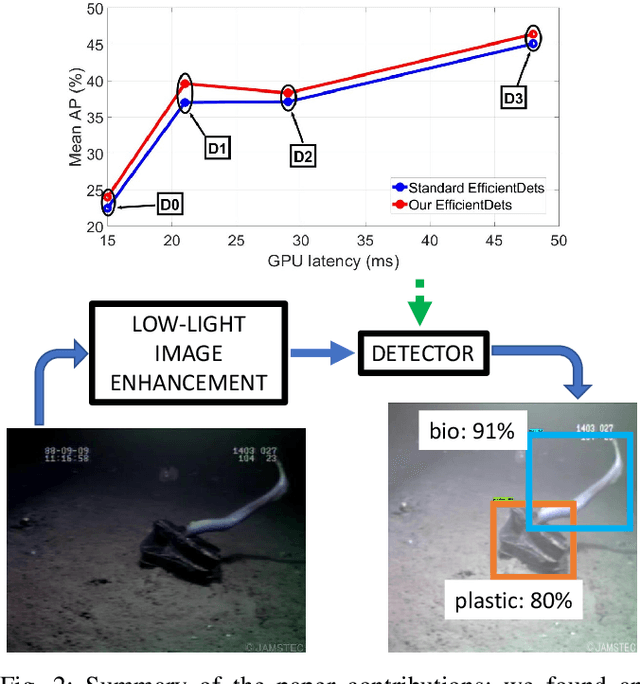
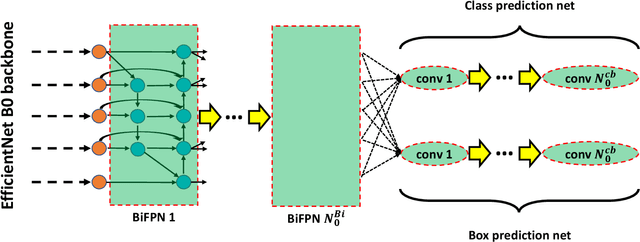

Abstract:Marine debris is a problem both for the health of marine environments and for the human health since tiny pieces of plastic called "microplastics" resulting from the debris decomposition over the time are entering the food chain at any levels. For marine debris detection and removal, autonomous underwater vehicles (AUVs) are a potential solution. In this letter, we focus on the efficiency of AUV vision for real-time and low-light object detection. First, we improved the efficiency of a class of state-of-the-art object detectors, namely EfficientDets, by 1.5% AP on D0, 2.6% AP on D1, 1.2% AP on D2 and 1.3% AP on D3 without increasing the GPU latency. Subsequently, we created and made publicly available a dataset for the detection of in-water plastic bags and bottles and trained our improved EfficientDets on this and another dataset for marine debris detection. Finally, we investigated how the detector performance is affected by low-light conditions and compared two low-light underwater image enhancement strategies both in terms of accuracy and latency. Source code and dataset are publicly available.
Cross-Modal Contrastive Learning of Representations for Navigation using Lightweight, Low-Cost Millimeter Wave Radar for Adverse Environmental Conditions
Jan 10, 2021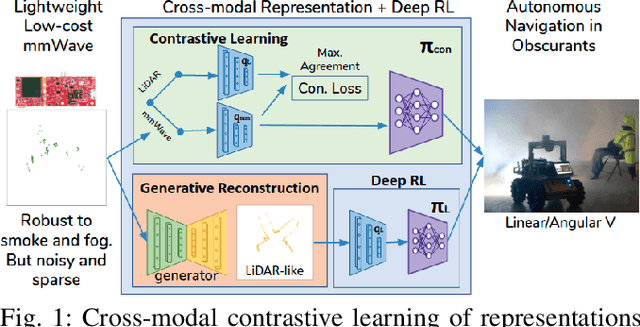
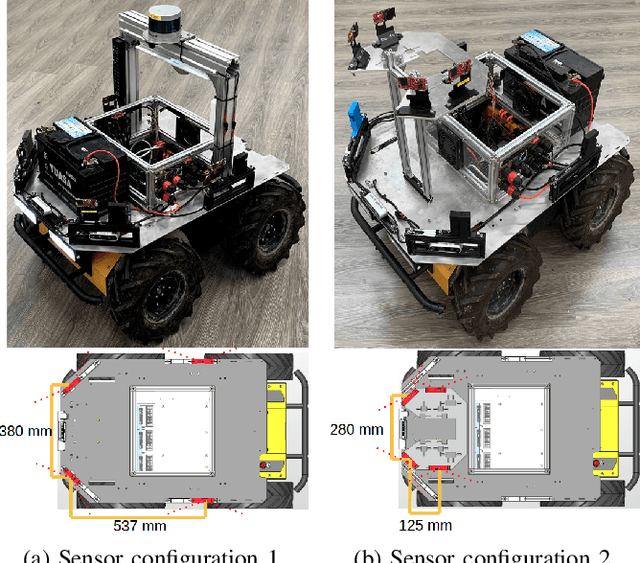
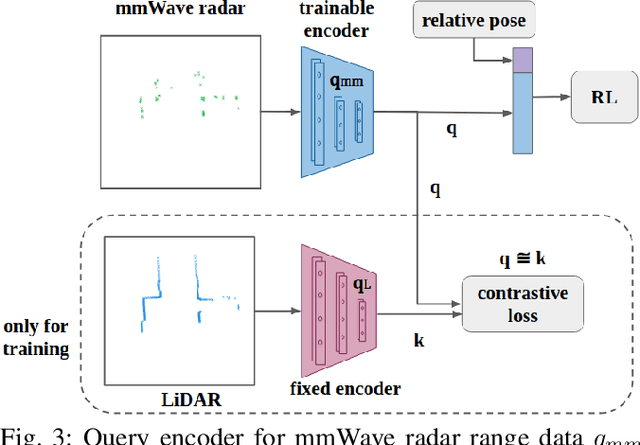
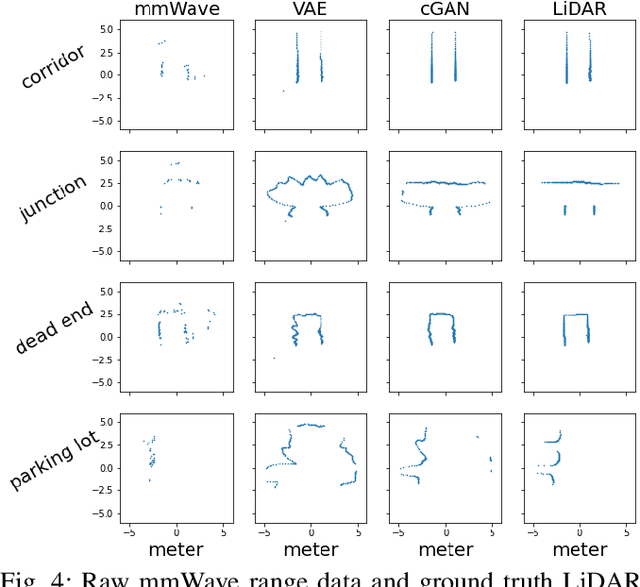
Abstract:Deep reinforcement learning (RL), where the agent learns from mistakes, has been successfully applied to a variety of tasks. With the aim of learning collision-free policies for unmanned vehicles, deep RL has been used for training with various types of data, such as colored images, depth images, and LiDAR point clouds, without the use of classic map--localize--plan approaches. However, existing methods are limited by their reliance on cameras and LiDAR devices, which have degraded sensing under adverse environmental conditions (e.g., smoky environments). In response, we propose the use of single-chip millimeter-wave (mmWave) radar, which is lightweight and inexpensive, for learning-based autonomous navigation. However, because mmWave radar signals are often noisy and sparse, we propose a cross-modal contrastive learning for representation (CM-CLR) method that maximizes the agreement between mmWave radar data and LiDAR data in the training stage. We evaluated our method in real-world robot compared with 1) a method with two separate networks using cross-modal generative reconstruction and an RL policy and 2) a baseline RL policy without cross-modal representation. Our proposed end-to-end deep RL policy with contrastive learning successfully navigated the robot through smoke-filled maze environments and achieved better performance compared with generative reconstruction methods, in which noisy artifact walls or obstacles were produced. All pretrained models and hardware settings are open access for reproducing this study and can be obtained at https://arg-nctu.github.io/projects/deeprl-mmWave.html
 Add to Chrome
Add to Chrome Add to Firefox
Add to Firefox Add to Edge
Add to Edge